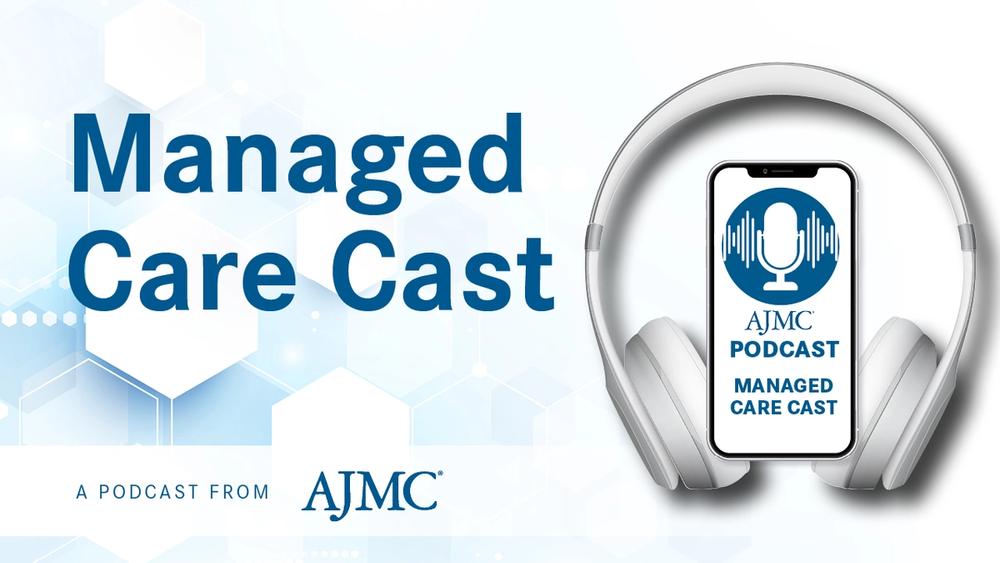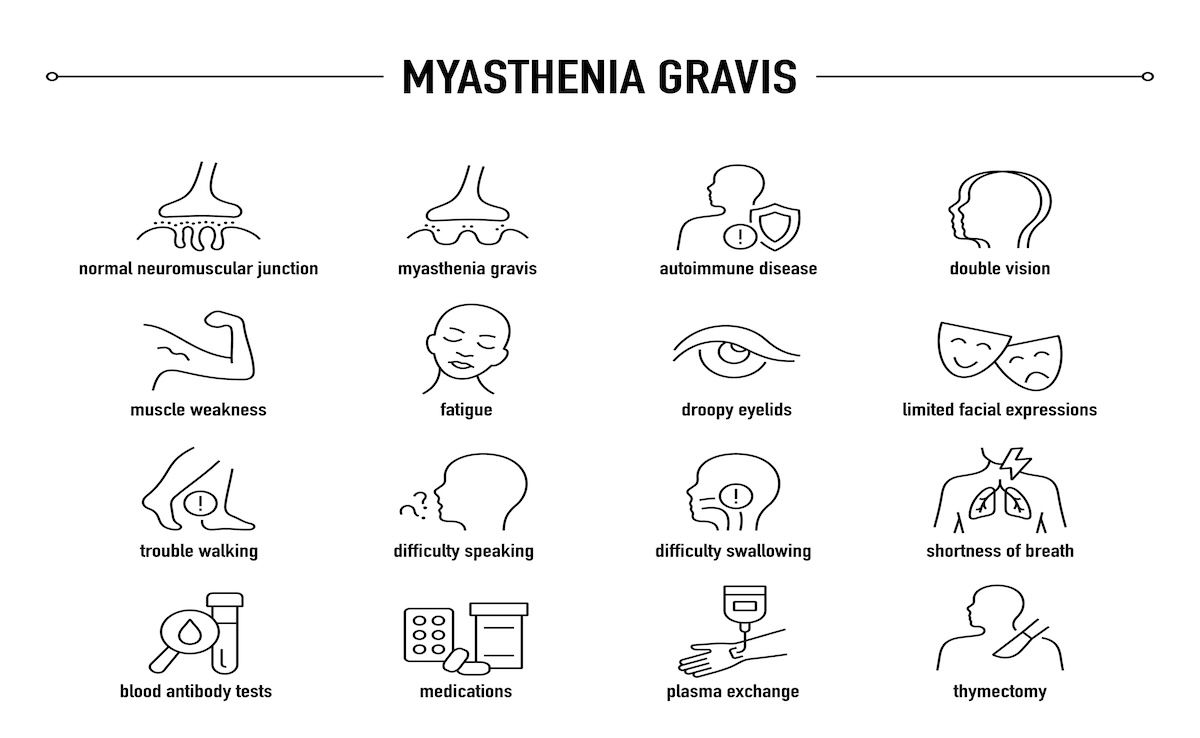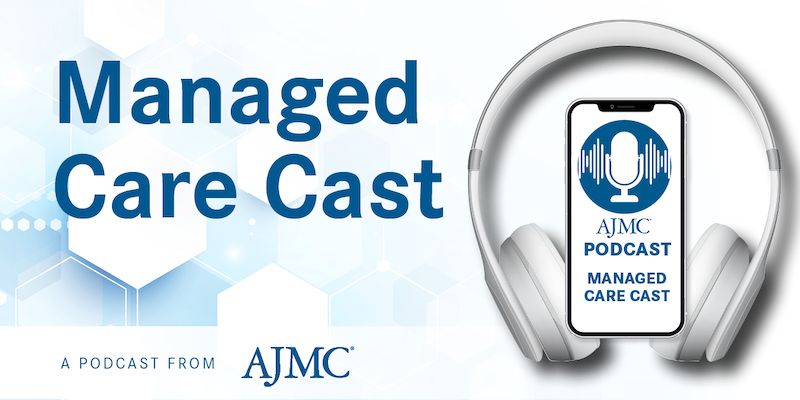Video
Dr Brenton Fargnoli Highlights How Practices Can Prepare for Downside Risk
As the healthcare system moves more towards a value-based system, practices are running into challenges with the operational complexities of new payment models. Brenton Fargnoli, MD, medical director of value-based care and director of product marketing and strategy at Flatiron Health, outlined a few ways practices can ensure they’re ready to take on downside risk.
As the healthcare system moves more towards a value-based system, practices are running into challenges with the operational complexities of new payment models. Brenton Fargnoli, MD, medical director of value-based care and director of product marketing and strategy at Flatiron Health, outlined a few ways practices can ensure they’re ready to take on downside risk.
Transcript
What is one of the most common challenges you see practices running into during the transition to value-based care?
The operational complexities of these value-based care requirements is a really common challenge among practices. Particularly, the administrative needs: patient identification, patient tracking, care plan documentation and completion, quality measure calculation and reporting. All of these things add a lot of time and hours to practices’ already busy days. We’ve seen that this is a particularly acute challenge for independent practices, as well as those operating in multiple value-based care programs.
How can practices make sure that they are ready to take on downside risk if it becomes a mandate instead of an option?
So with OCM [Oncology Care Model] and MIPS [Merit-based Incentive Payment System] we’ve seen downside risk is really rapidly moving from an option to a mandate. And there’s a few things practices can do to start preparing for this.
One is really distributing and limiting the risk they’re taking. So, they can do this through practice growth, IPA [independent practice association] affiliation, or even reinsurance. Another is really starting to measure value with clinical granularity. That means taking cost data and really marrying that up with clinical data. And a third piece is just leveraging technology to facilitate this transition to value-based care.
All that being said, I think most importantly, practices need to prove success, frankly, to themselves with the risk adjustment methodology of these upside models, before they’re going to be ready and willing to take the next step to downside risk.

The Importance of Examining and Preventing Atrial Fibrillation




